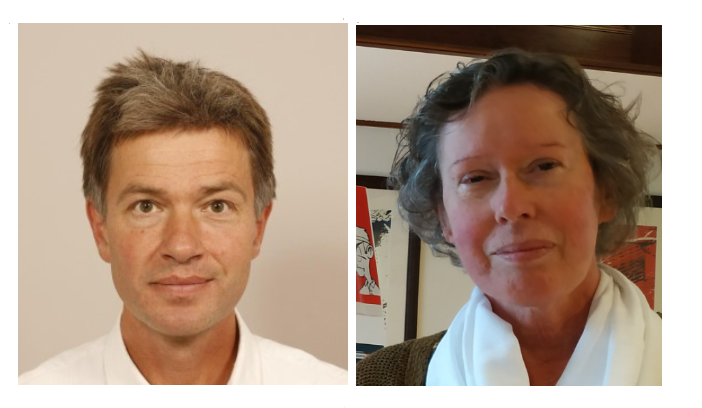Introduction to Cutaneous Lymphomas, the two prevalent subtypes: Mycosis Fungoides and Sézary Syndrome, Diagnosis and staging
Introduction to Cutaneous Lymphomas, the two prevalent subtypes: Mycosis Fungoides and Sézary Syndrome, Diagnosis and staging
Speakers: Maarten Vermeer, Mieke De Leeuw
Prof. dr. MH Vermeer, Dept Dermatology LUMC, Leiden, The Netherlands. Maarten H Vermeer started medical studies at the University of Leiden in 1985. He worked at the department of Immunology and Microbiology in Miami (Prof dr JW Streilein) on photo immunology (1989 - 1990) before graduating in medicine (cum laude) at the university of Leiden in 1992. He specialized in dermatology at the department of dermatology of the VU, Amsterdam. Clinical work was combined with research on cutaneous lymphomas resulting in a thesis "Mechanisms of progression in primary cutaneous T-cell lymphomas". From 2001, he worked as staff-member at the department of dermatology at the Leiden University Medical Center (LUMC), then headed by Prof dr R Willemze, focusing on research and patient care of cutaneous lymphomas. Most recently research activities have concentrated on clinicopathologic studies, genomic analysis of genetic and epigenetic alterations in cutaneous lymphoma tumor cells as well as international studies to develop diagnostic markers in cutaneous lymphomas. He became full professor in 2012 and head of the department of Dermatology at the LUMC in 2016.
My name is Mieke de Leeuw, I'm 69 years old, married to Ton, I have four children (two of our own, two married into the family), and four grandchildren. I worked as a principal in a high school for children 12 to18 years, since 2010 I'm retired and live in Venlo.
The discovery of a bump above my collar bone in 2017 set off a lengthy testing trajectory. But it began before that: ten years of skin conditions and problems. In 2018 arrived a diagnosis: two rare non-Hodgkin cancers, Mantle-Cell-Lymphoma (MCL) and Sézary Syndrome (SZ). Both incurable. For SZ: 5 year survival rate of 23%. The MCL turned out to be indolent. Unfortunately a diagnosis that comes too late means more severe treatment and worse prospects, and therefore a worse 5-year survival chance.
After the diagnosis I had to start with a systemic treatment with chemo pills (Leukeran) and Prednisone. I didn't know anyone in the same situation, and there was nobody with SZ to talk to. It was very lonely. I was lucky that I had a lot of trust in my super friendly and competent specialists at the Radboud University Medical Center (Nijmegen). Two years ago I joined a group of cutaneous lymphoma patients and their loved ones. We came together in Leiden and initiated a patient foundation named “Stichting Huidlymfoom” and worked from the start together with "Platform Zeldzame Kankers" a project for rare cancer patients.
2020 was a year full of side effects from the medication: frequent extreme fatigue caused by heart arrhythmia, infections, sped up cataracts and cataract surgery, neuropathy of my toes, bruising and wounds at the slightest touch, and mental issues.
I have now started the fourth year. Is the treatment really providing what I want? Yes, it actually does. Because the treatment plan still works well, and the side effects are manageable or can be solved, I get more and more optimistic about my previously pessimistic prospects. For me this means that after three years, my perspective of time, my goals, and my motivations have changed. My lessons after living with a rare form of cancer for three years: "accept what can't be changed" and "what can I do now?" And very important: remain in charge regarding my disease.

